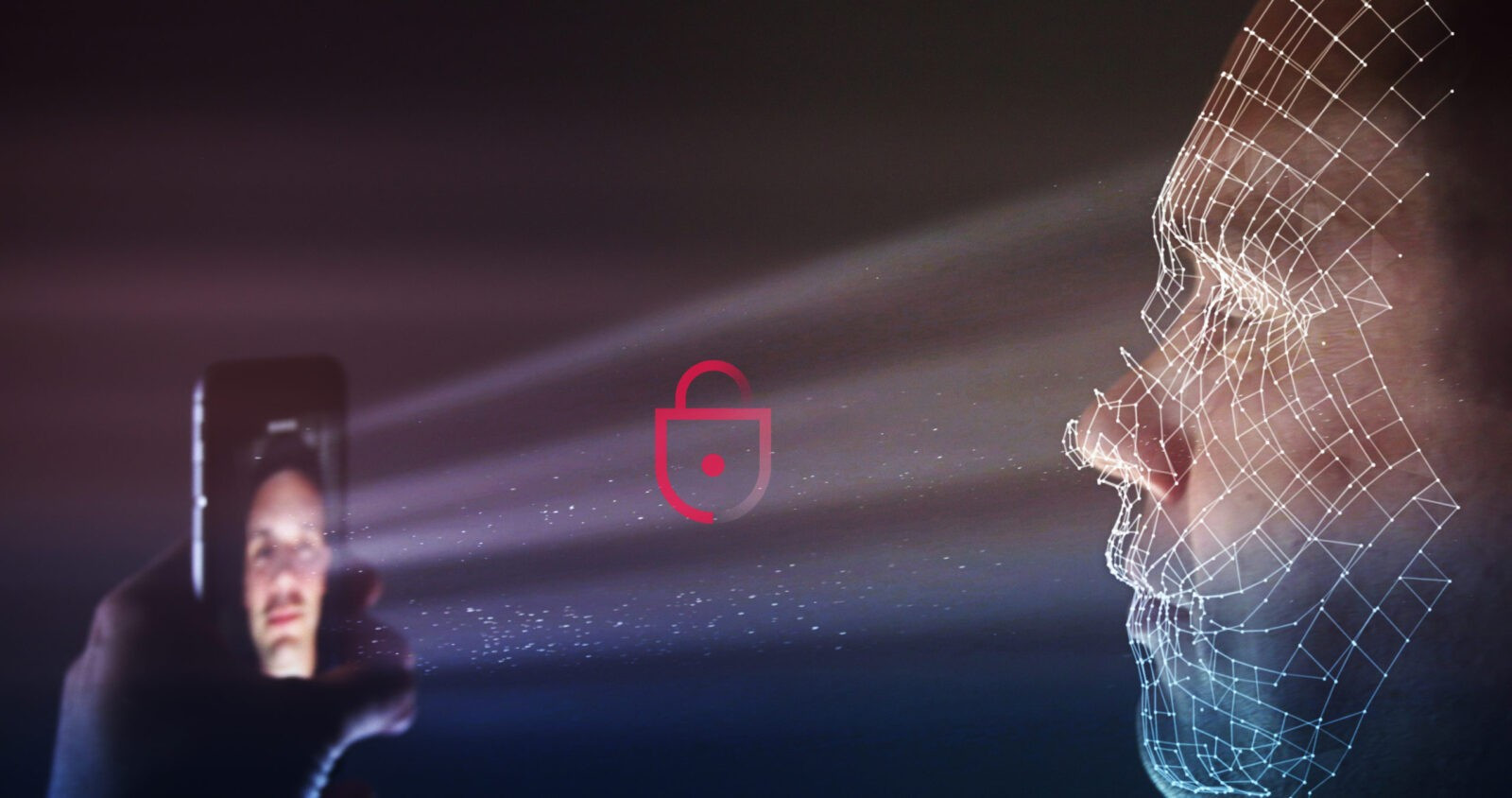Detecting Fake Faces
Face morphing, a technique that blends multiple faces into a single image, has evolved from a novelty into a serious threat to biometric security systems. Criminals are exploiting this technology to forge identities, allowing them to travel undetected. The implications are significant, particularly for border control, where the reliance on facial recognition technology makes it an easy target for exploitation.
The Growing Threat of Face Morphing
While face morphing may sound like simple photoshopping, it involves sophisticated algorithms that analyze and combine facial features, structures, and patterns from multiple individuals. This technique can be used to create realistic images that can deceive both humans and machines.
"Neither the human eye nor a machine can detect this type of fraud," says Florian Kirchbuchner, a biometrics expert at the Fraunhofer Institute for Computer Graphics Research IGD. Criminals can create fake passport photos that blend their features with others, allowing them to bypass border controls undetected.
Advanced Face-morphing Detection in the ATHENE Project
Researchers at Fraunhofer IGD are proactively working on identification algorithms designed to anticipate and counter undetected face morphing attacks. "Our goal is to create a generalized face-morphing detection system that makes us faster than the criminals," says Kirchbuchner.
To achieve this, Fraunhofer IGD is utilizing deep learning and artificial intelligence (AI) technologies within the ATHENE project, a German National Research Center for Applied Cybersecurity. They are employing generative adversarial networks (GANs) to generate new faces that incorporate features from two original faces. This allows them to anticipate potential attack methods and develop countermeasures.
Machine Learning to Combat Undetected Attacks
The ATHENE project encompasses research into facial image quality control and identity management. Additionally, another research project focuses on implementing biometrics within embedded systems, which are limited in computing power, such as those used at access control points. The aim is to enhance security through the integration of biometrics into cell phones or augmented reality cameras.
Kirchbuchner elaborates on potential use cases: "One possible use case is head-mounted displays such as those used in VR/AR applications and the metaverse, for example, to assist border control officers or even to identify the user. The eye region can clearly identify the wearer, even with different eye positions and movements."
A Demonstrator at it-sa
Fraunhofer IGD will showcase its latest research findings at the it-sa Expo&Congress in Nuremberg, Germany. Visitors to the booth can experience a simulated airport scenario, assuming the role of border agents to identify morphed photos on passports. They can also create their own morphed photos, highlighting the challenges of identifying such manipulations.
Florian Kirchbuchner will delve into the challenges and proposed solutions in his presentation, "Spoofing Attacks on Biometric Systems-Where Does the Research Stand?"
The Future of Biometric Security
The development of advanced face-morphing detection systems is crucial to maintaining the integrity of biometric security systems. The future of biometric security lies in the continuous advancement of technologies that can identify and counter these emerging threats. As technology continues to evolve, the fight against identity theft and fraud will become increasingly complex. The work of researchers at Fraunhofer IGD is crucial in ensuring that security measures stay ahead of the curve, protecting individuals and institutions from sophisticated attacks.


















